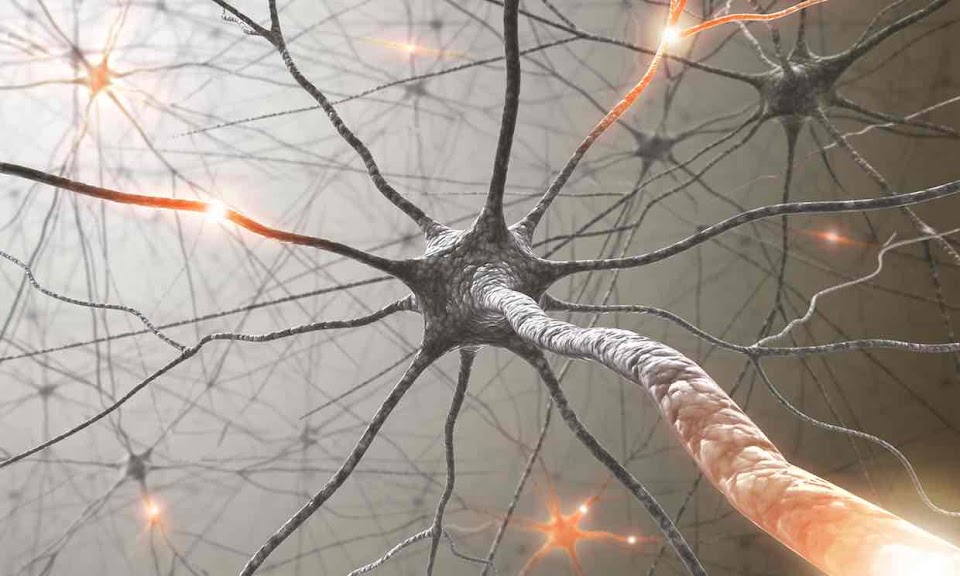Lest you think that driverless cars are pie in the sky, consider this cartoon in the Jan 11, 2016 New Yorker magazine: A cop is saying to a stopped motorist, “Does your car have any idea why my car pulled it over?” Keep in mind that cartoons typically examine current societal themes.
In the last column I suggested that the pros and the cons debate of autonomous cars can be organized into three categories: Safety/Security, Time, and Money and that format was followed last column ---- except that the plusses and minuses were abbreviated to fit column length constraints. Here are some more pros and cons that were not covered last time.
Pros
Autonomous cars don’t have to be perfect, they only need to be better than the current system. Don’t let the perfect be the enemy of the good..
The focus of police officers could be shifted from writing traffic tickets and handling accidents to managing other, more serious crimes.
The lines at the DMV would be shorter since people wouldn't need a specialized driving license to operate cars.
There would be less of a concern about taking the keys away from elderly parents when they get too old to drive carefully (Personally, I don’t care much for this one; I could argue that this is a Con, not a Pro for many of our elders.).
Cons
If humans were allowed to take control of the car, some drivers might game the system by rudely cutting into lanes secure in the knowledge that the other autonomous cars would slow down to let them in. A related scenario has teenagers playing chicken or trying to herd the robot cars into going in circles. Ah teens...
Prototype driverless cars are not yet able to operate at a high level of safety in all weather conditions. In fact, heavy rain can seriously mess up the car’s laser sensor which provokes the question what role the driver might have to play in the event the technology fails.
Another issue raised in the last column that the role of passenger trains --- aren’t they already closer to full autonomy? The answer is: “ Yes but... ” Many engineers believe that the technology is already available to implement fully driverless trains; in fact,some already exist. According to the International Association of Public Transport, by the end of 2013, there were 48 fully automated public metro systems in use in 32 countries. It is interesting to note that Canada has almost twice as many automated Metros as the US--- thanks mostly to Bombardier) So, if our neighbor to the north can do it, why can’t we, why don’t we? To answer that question let us (one more time) consider the Pros and Cons.
Pros
Once a train gets up to speed there need be few or no stops between stations making for a quicker smoother, and more comfortable ride.
There is a precedent. Airlines have been using pilotless airplanes which can takeoff , fly and land the plane safely and the many many autonomous systems which allow this are slowly migrating to first the high-end cars and eventually to the mid and lower-end cars. These systems which make the car more autonomous all have various input sensors such as blind spot monitors, parking sensors, even water-in-fuel sensors!
To view several dozen more, go to: https://en.wikipedia.org/wiki/List_of_sensors
Cons
The essence of these arguments mostly fall into the Money category. Basically, there are very little savings accrued by eliminating one engineer driving several hundred passengers.
Also, most workers in the transportation industries are in a union and are easily organized to turn out the vote. They are not going to vote for a project that will put them out of a job.
Overall, my prognostication is that we will see hybrid systems of autonomous cars,
busses and trains, each serving the unique needs of the passenger. not to mention nonautonomous bikes. Next time we examine the ethical issues. Stay tuned.

No comments:
Post a Comment